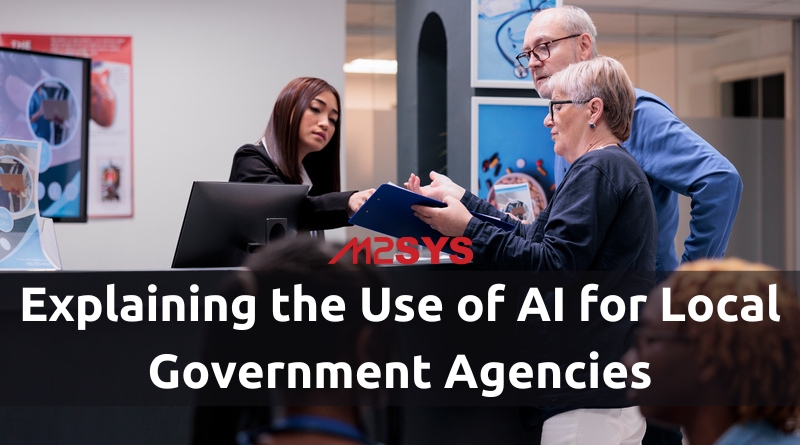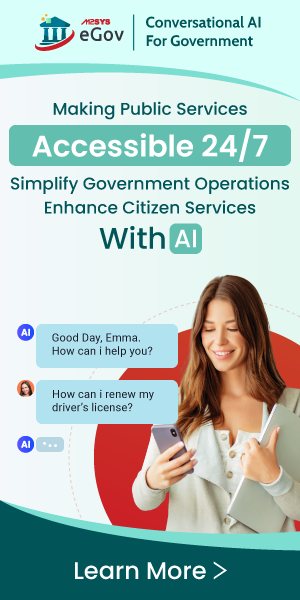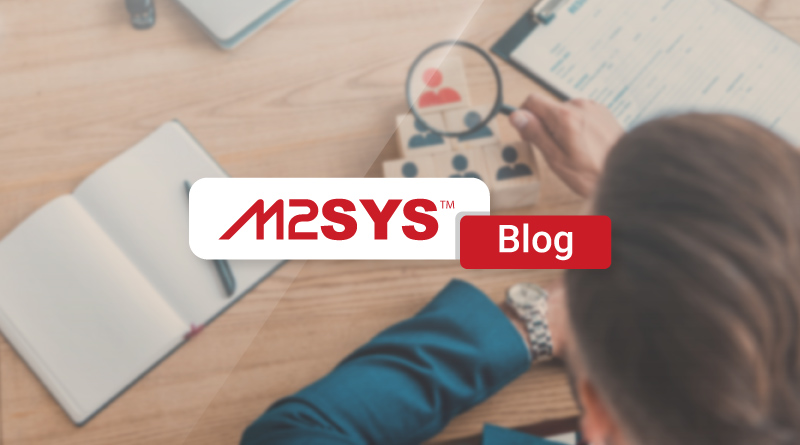Explaining the Use of AI for Local Government Agencies
Local government agencies play a crucial role in the day-to-day lives of citizens. They are responsible for a wide range of services, from maintaining public infrastructure and ensuring public safety to managing community services and upholding local regulations. Despite their importance, these agencies often face challenges such as limited budgets, increasing demands for services, lack of resources, and the need for operational efficiency. This is where the use of AI for local government can make a significant impact. Let’s take a closer look at government agencies, the role of artificial intelligence across different industries, the use of AI for government agencies, and how the M2SYS conversational AI assistant can help.
Understanding Local Government Agencies
Local government agencies are the administrative bodies that manage local affairs within cities, towns, or counties. They operate under the umbrella of state or provincial governments but have a degree of autonomy to govern local issues. These agencies are vital for implementing policies and delivering services directly to the community, including public transportation, waste management, public health services, community development, and law enforcement, among others.
The efficiency and effectiveness of these services directly affect residents’ quality of life. However, many local governments are often hampered by outdated systems, manual processes, and resource constraints. Fortunately, with the use of AI, most of these issues can be solved for government agencies—more on that later. For now, let’s focus on how AI is being used across industries.
The Role of AI in Different Industries
AI is being leveraged across various industries, from healthcare, finance, manufacturing and even retail. Its ability to process large amounts of data, automate tasks, and provide insights makes it a powerful tool for improving efficiency and innovation. AI applications in these industries have resulted in significant cost savings, enhanced decision-making, and better customer experiences.
For example, in healthcare, AI algorithms are used for predictive diagnostics and personalized treatment plans. In finance, AI-driven analytics help in fraud detection and investment strategies. The potential of AI extends far beyond these industries and holds great promise for local government agencies as well.
AI for Local Government Agencies
Local government agencies handle numerous administrative and operational tasks that can benefit from AI integration – here are some aspects where it can help:
Public Safety and Emergency Response
AI can analyze crime data to predict hotspots and optimize police patrol routes. In emergencies, AI-powered systems can provide real-time data to first responders, improving response times and resource allocation.
Citizen Services
AI-powered chatbots and virtual assistants can handle routine inquiries, process applications, and provide information to citizens around the clock. This reduces the burden on human staff and improves service delivery.
Infrastructure Management
Predictive maintenance powered by AI can help monitor public infrastructure, such as bridges and roads, to detect potential issues before they become major problems, thus saving costs and enhancing safety.
Waste Management
AI can optimize waste collection routes and schedules based on data analysis, improving efficiency and reducing environmental impact.
Health and Social Services
AI can help manage public health data, predict disease outbreaks, and provide personalized recommendations for social services based on individual needs.
The M2SYS Conversational AI Assistant for Government
One of the leading solutions for integrating AI into local government operations is the M2SYS conversational AI assistant. It streamlines various governmental processes, enhancing efficiency and citizen satisfaction.
Seamless Integration with Third-Party Systems
Government agencies typically use different third-party systems – the M2SYS conversational AI assistant can seamlessly integrate with all of them and ensure data exchange while eliminating costly and time-consuming data migrations. Government agencies can leverage the AI assistant without disrupting current operations – making the smoothest possible transition to AI-driven processes.
Enhancing Citizen Engagement
The M2SYS AI assistant easily handles citizen interactions, such as answering frequently asked questions, conducting citizen satisfaction surveys, processing service requests, and more. By providing instant responses and 24/7 availability, the AI-powered solution significantly improves citizen engagement and satisfaction. For example, suppose a resident needs information about local recycling programs or wants to report a pothole. In that case, the AI assistant can handle these inquiries efficiently, freeing up human staff for more complex tasks.
Streamlining Internal Processes
Local government agencies often deal with a high volume of paperwork and administrative tasks. The M2SYS conversational AI assistant can automate many of these processes, such as permit applications, tax filings, and public record requests. This automation reduces employees’ workloads, minimizes errors, and speeds up service delivery.
Use Cases Across Various Agencies
Different local government agencies can benefit from the M2SYS conversational AI assistant in unique ways:
City Planning Departments
AI can assist in processing zoning requests, issuing building permits, and providing information on land use regulations.
Public Works Departments
AI can help manage service requests for road repairs, public utility issues, and infrastructure maintenance.
Health Departments
AI can aid in tracking public health data, scheduling inspections, and disseminating health advisories.
Human Services Departments
AI can streamline applications for social services, such as food assistance, housing programs, and child welfare services.
Real-World Examples
In cities like San Francisco and New York, AI-driven systems have already started transforming local government operations. For instance, New York City’s 311 service, which handles millions of citizen inquiries annually, has implemented AI to improve response times and service quality. These real-world examples highlight the tangible benefits of AI for local government.
Boose Citizen Services With AI
The integration of AI for local government agencies is not just a futuristic concept but a practical solution for modern challenges. The M2SYS conversational AI assistant exemplifies how AI can upgrade public services, speed up processes, and boost citizen satisfaction. By leveraging AI, local governments can become more responsive, efficient, and effective, ultimately enhancing the quality of life for their communities. Its potential benefits are immense, from cost savings and operational efficiency to improved citizen engagement and satisfaction – contact us now to learn how we can help.








